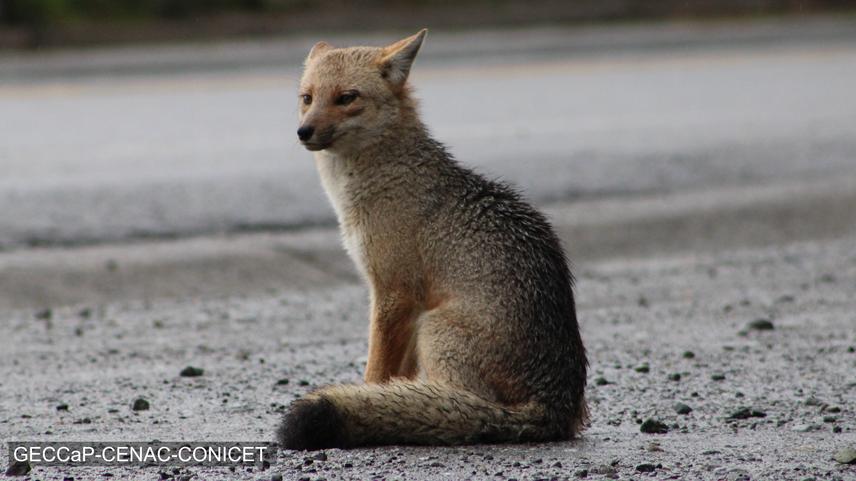Laura Alvarez Borla
Although carnivores have been well investigated worldwide, there are few studies carried out in the Patagonian Forest, which is considered a priority for the conservation of carnivores. In Argentina, the Nahuel Huapi National Park (NHNP) is key to the conservation of the Patagonian Forest and represents the largest protected area where the endemic kodkod (Leopardus guigna) is present. However, the NHNP has multiple uses, and the forested areas, which cover 60% of the park, are being affected by the growing impact of human activities (urban settlements, livestock farming, road infrastructure, tourism, retaliatory killing) and by the presence of exotic species (i.e., cattle, red deer, wild boars, domestic dogs and cats).
Despite this, little is known about the effectiveness of NHNP in protecting carnivores from increasing human pressures. Even more, there is no information on the effects of human activities on kodkod populations, globally considered one of the most endangered felines in South America. Therefore, knowing the factors that affect the carnivore assemblage and identifying the key areas used by each species in the NHNP constitutes the first critical step to developing effective conservation strategies adapted to local land management to preserve species and their habitat, encourage the participation of local communities, and contribute to mitigating potential threats. Without this information, no solid science-based conservation action is possible.

In this context, the proposed project is aimed at understanding the effect of environmental and anthropogenic factors on the presence and interspecific interactions of culpeo foxes (Lycalopex culpaeus), pumas (Puma concolor), Geoffoy´s cats (Leopardus geoffroyi) and kodkod cats (Leopardus guigna) in the temperate forests of NW Patagonia, Argentina. For all these native terrestrial carnivorous mammal species, we will evaluate patterns of occupancy and activity through camera trapping surveys, dietary profiles through fecal sampling and interspecific overlap in two areas with contrasting conservation categories (Nahuel Huapi National Park vs. an adjacent unprotected area).
We will seek to generate several spaces where our research team will share knowledge and opinions with local actors, encouraging an active participation in the study and conservation of Patagonian carnivores. In fact, we strongly believe that conservation is only effective if local communities become involved in the management objectives. Based on the information collected during the fieldwork, we will develop a workshop with different stakeholders with the aim of proposing and discussing potential conservation actions to mitigate the most important threats that arise from the first results of the survey.